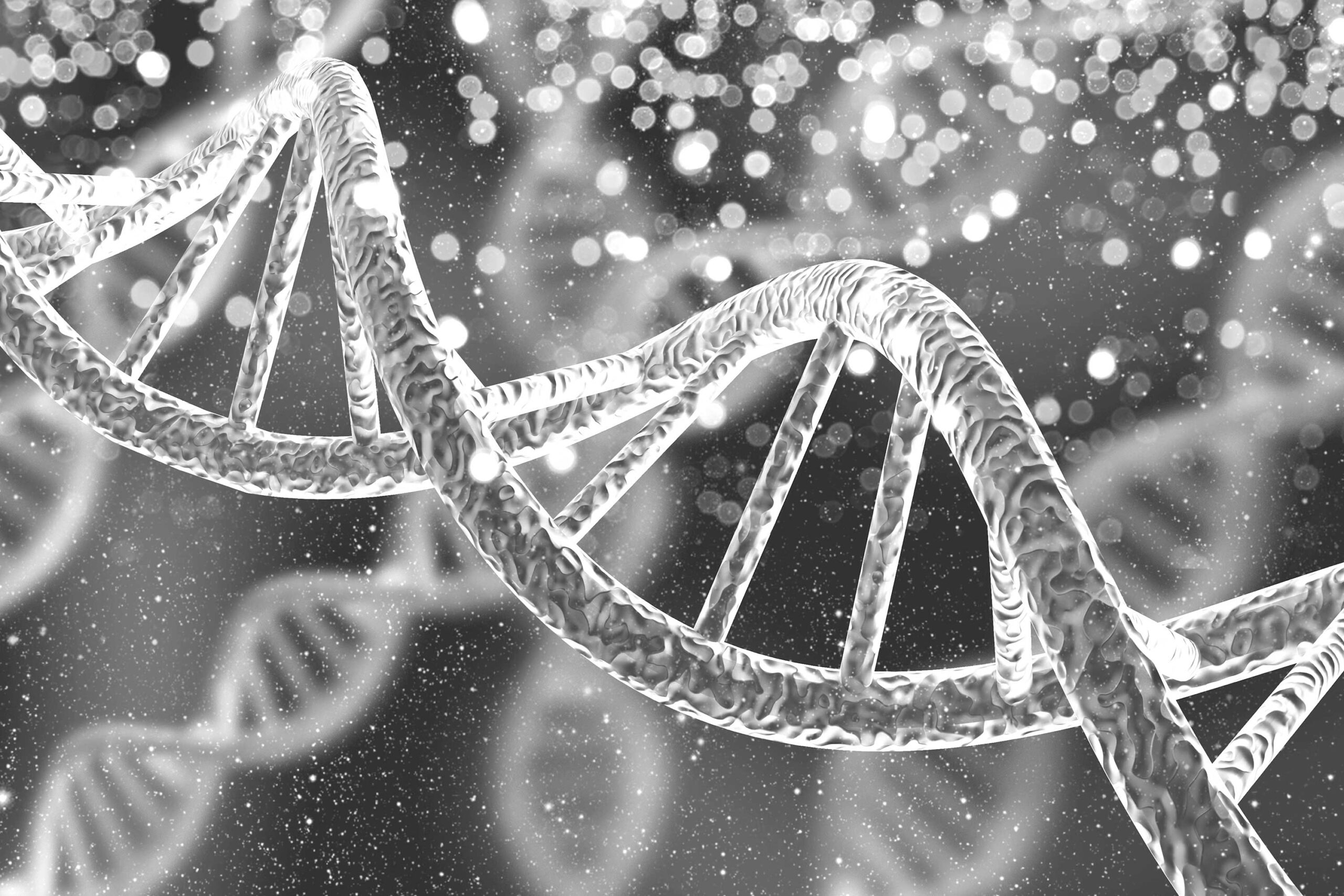
Genetic Condition Education
Genetic Terms Glossary
View our Glossary of Genetic Terms. These terms are underlined throughout our website with a pink dotted line. Just hover off the words or terms for a quick definition.
Learn More about Genetic Conditions
We’re working to create easy-to-understand overviews for genetic conditions. Scroll down to Learn More.

